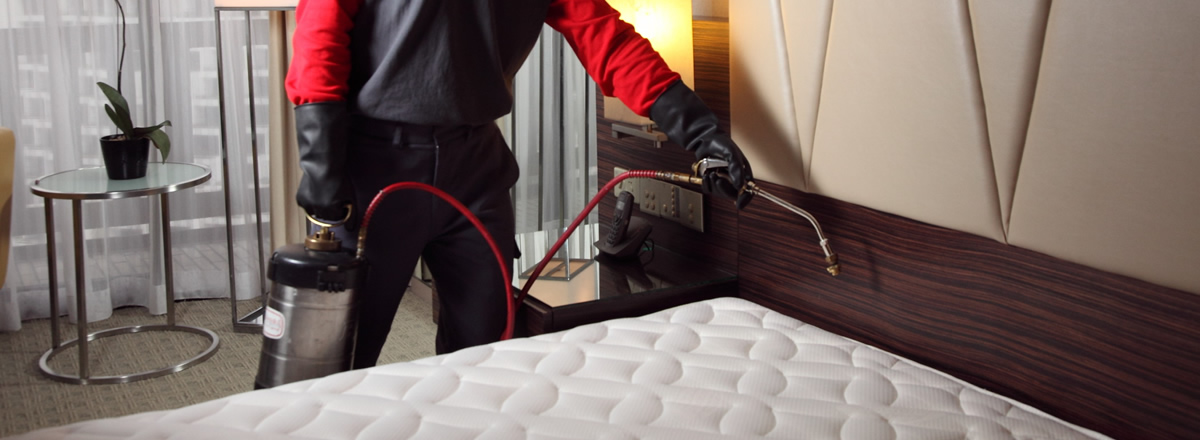Bed bugs are becoming a larger problem every year in both homes and businesses, as they look for a host they can attach to long-term. There are many ways to get rid of bed bugs, but one of the most common is heat treatment. There are many reasons why heat treatment is effective at killing bed bugs.
One of the most common methods of heat treatment used in industrial settings is the use of hot plates, microwaves or steam. When bed bugs are exposed to high temperatures, they will die due to the effect of thermal shock. You can also know more about heat treatment to kill bed bugs via https://www.presidiopestmanagement.com/bed-bug-treatment-options/heat-treatment-for-bed-bugs/.

In fact, bed bugs have a limited ability to reduce body temperature internally, so when exposed to extreme heat, their bodies will quickly overheat and they will die. In addition, high temperatures can also cause structural damage to their exoskeleton which can eventually lead to their death.
Some people think that it is better to wake up to a red alert instead of a blue alert when it comes to bed bugs. A blue alert means that there are not enough personnel to deal with an emergency. A red alert means that an emergency has occurred and all personnel are needed immediately.
The decision to wake up or not should be based on the severity of the bug problem. If you have a small number of bed bugs, then a red alert might not be necessary. However, if you have an infestation that is large or widespread, then you should wake up everyone in your home and treat the area as quickly as possible.

